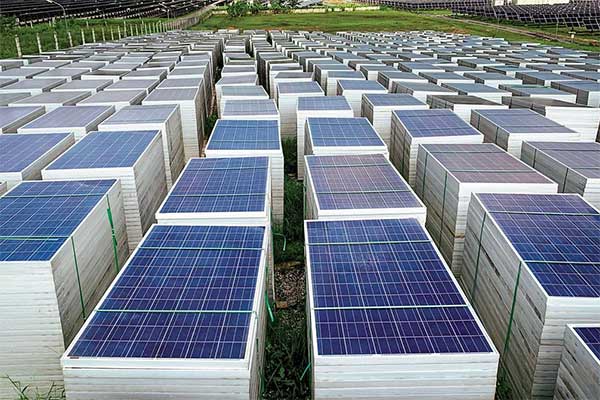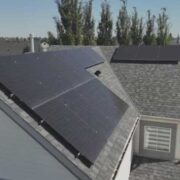Paradoxically, one of the reasons people are installing solar photovoltaic (PV) panels in huge numbers is to help the environment, but the industry is now grappling with the anticipated waste generated by 100,000 tonnes of panels due to be dismantled in Australia from 2035.
A new study led by the University of South Australia has proposed a comprehensive product stewardship scheme for solar panels, which was prioritised by the Federal Government several years ago.
In a paper published in AIMS Energy, UniSA researcher Professor Peter Majewski says incentives are needed for producers to design solar panels that can be more easily recycled if they are damaged or out of warranty.
“Australia has one of the highest uptakes of solar panels in the world, which is outstanding, but little thought has been given to the significant volume of panels ending up in landfill 20 years down the track when they need to be replaced,” Prof Majewski says.
“There are some simple recycling steps that can be taken to reduce the waste volume, including removing the panels’ frames, glass covers and solar connectors before they are disposed of.
“Landfill bans are already in place in Victoria, following the lead of some European countries, encouraging existing installers to start thinking about recyclable materials when making the panels.”
Prof Majewski says landfill bans are a powerful tool but require legislation that ensures waste is not just diverted to other locations with less stringent regulations.
Serial numbers that can track a history of solar panels could also monitor their recycling use and ensure they are disposed of in an environmentally friendly way.
“Several European nations have legislation in place for electric car manufacturers to ensure they are using materials that allow 85 percent of the car to be recycled at the end of their life. Something similar could be legislated for solar panels.”
Weatherproof polymers used in solar panels pose environmental risks, releasing harmful hydro-fluorite gas when incinerated. Exposure to the gas can severely irritate and burn the eyes, causing headaches, nausea, and pulmonary edema in the worst cases, sometimes leaving permanent damage.
Another primary material used in solar cells is silicon, the second most abundant material on Earth after oxygen and the most common conductor used in computer chips.
“The demand for silicon is huge, so it’s important it is recycled to reduce its environmental footprint.
“About three billion solar panels are installed worldwide, containing about 1.8 million tons of high-grade silicon, the current value of which is USD 7.2 billion. Considering this, recycling of solar PV panels has the potential to be commercially viable.”
Prof Majewski says a second-hand economy could also be generated by re-using solar panels that are still functioning.
“Solar panel re-use offers a variety of social and environmental benefits, but consumers will need guarantees that second-hand panels will work properly and provide a minimum capacity in watts.”
Any end-of-life legislation will need to address existing and new panels and support the creation of a second-hand economy, Prof Majewski says.
A levy on the panels may also be needed to help finance an end-of-life scheme.
—
Publication Referenced in the Article:
Peter Majewski et al, Product stewardship considerations for solar photovoltaic panels, AIMS Energy (2023). DOI: 10.3934/energy.2023008
—
This article has been adapted from source material published by the University of South Australia.









Comments